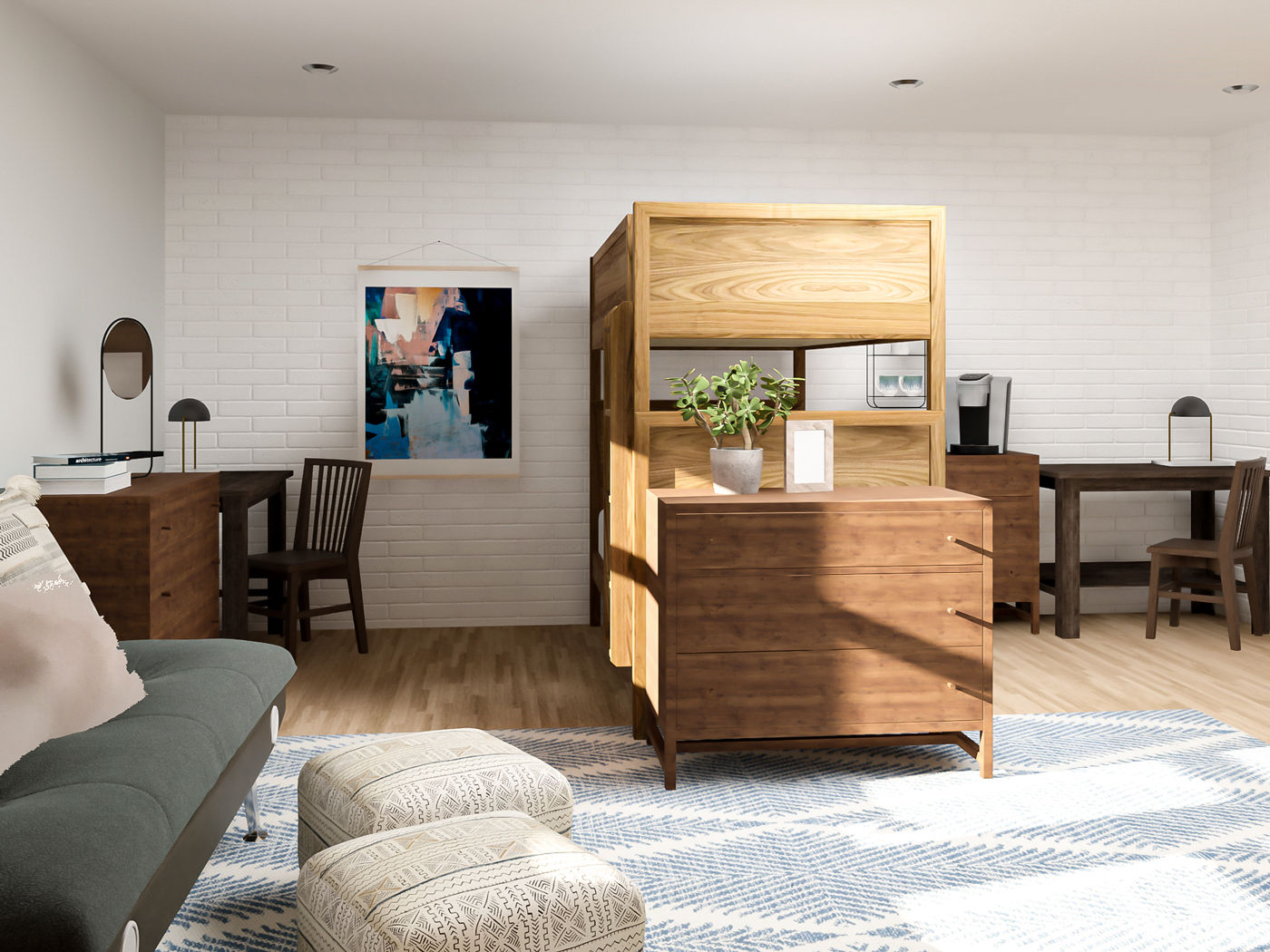Introduction
Soap bubbles are a simple yet mesmerizing creation that can captivate people of all ages. Their iridescent shades of blue, green, pink, and gold are a wonder to behold. From children blowing bubbles in the backyard to professional photographers capturing the magic of these ephemeral creations, soap bubbles have been a subject of fascination for generations. In this article, we will explore the beauty of soap bubbles through the lens of photography.
The Science of Soap Bubbles
Before we dive into the world of soap bubble photography, it’s important to understand the science behind these delicate spheres. Soap bubbles are created when a thin film of soap and water is stretched over a hole or wand. The soap film is made up of two layers of soap molecules, which sandwich a thin layer of water. The surface tension of the soap solution holds the film together, creating a sphere shape.
Soap bubbles are also affected by various environmental factors, such as temperature and humidity. Changes in temperature or humidity can alter the surface tension of the soap solution, which can affect the stability and appearance of the soap bubble. For example, on a humid day, soap bubbles may appear more opaque and have a shorter lifespan due to the increased moisture in the air.
Capturing the Beauty of Soap Bubbles through Photography
Photographing soap bubbles can be a challenging yet rewarding experience. To capture the stunning colors and textures of soap bubbles, photographers need to use the right equipment and techniques.
Equipment:
– Camera: A DSLR or mirrorless camera is best for capturing high-quality images of soap bubbles. These cameras allow for more control over settings such as shutter speed, aperture, and ISO.
– Lens: A macro lens is ideal for capturing the intricate details of soap bubbles. A 50mm or 100mm macro lens is recommended.
– Lighting: Good lighting is crucial for capturing the iridescence of soap bubbles. Natural light or a daylight-balanced LED light is best. Avoid using a flash, as it can create harsh shadows and reflections on the soap bubble.
Techniques:
– Focus: Getting the focus right is crucial for capturing sharp and detailed images of soap bubbles. Use manual focus to ensure that the camera is focusing on the soap bubble and not the background.
– Shutter Speed: Since soap bubbles are constantly in motion, a fast shutter speed is necessary to freeze their movement. A shutter speed of at least 1/1000th of a second is recommended.
– Aperture: A wide aperture (low f-stop number) is ideal for creating a shallow depth of field, which can blur the background and create a more dramatic image.
– ISO: Keep the ISO as low as possible to reduce noise and maintain image quality.

